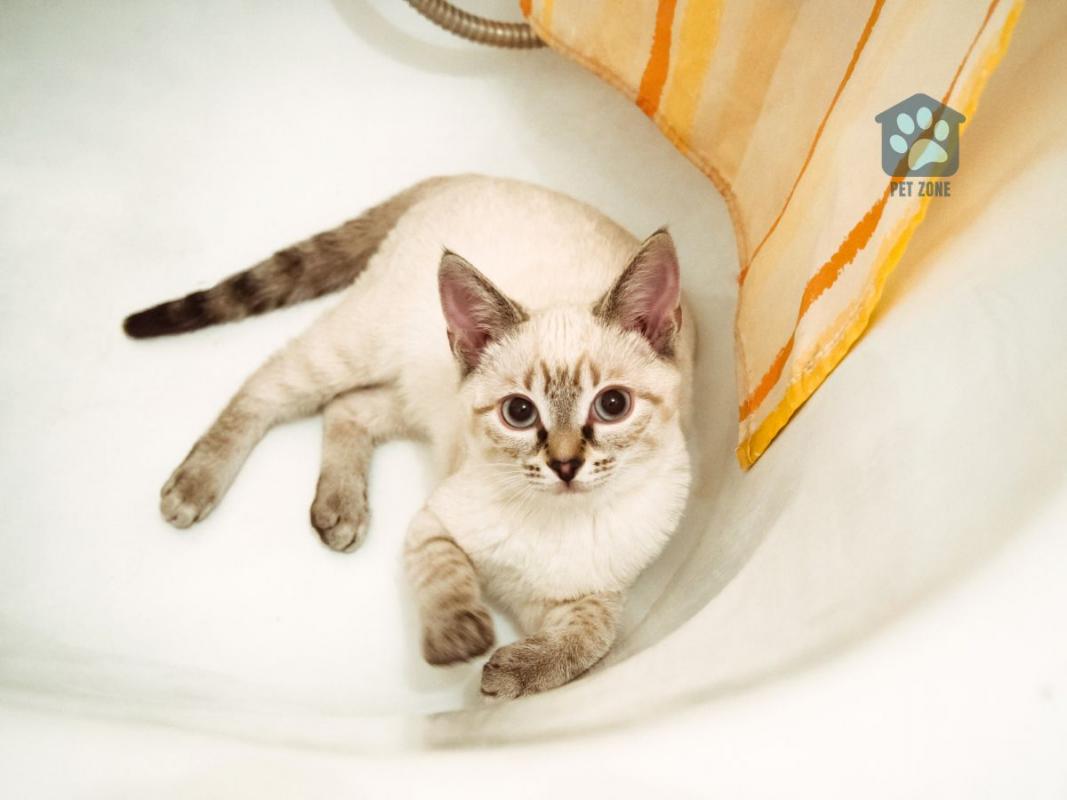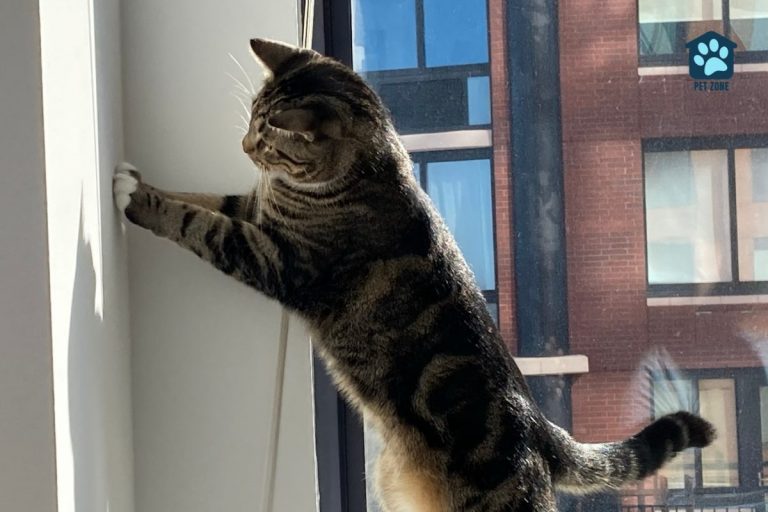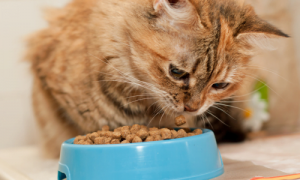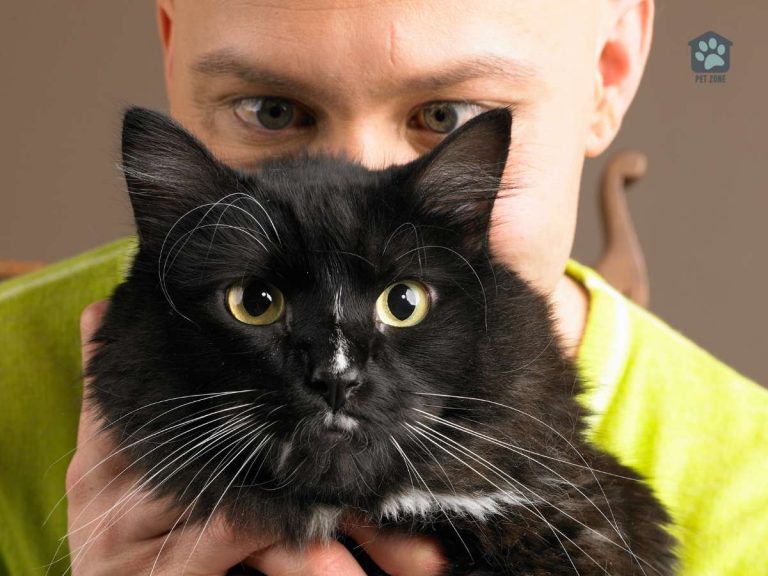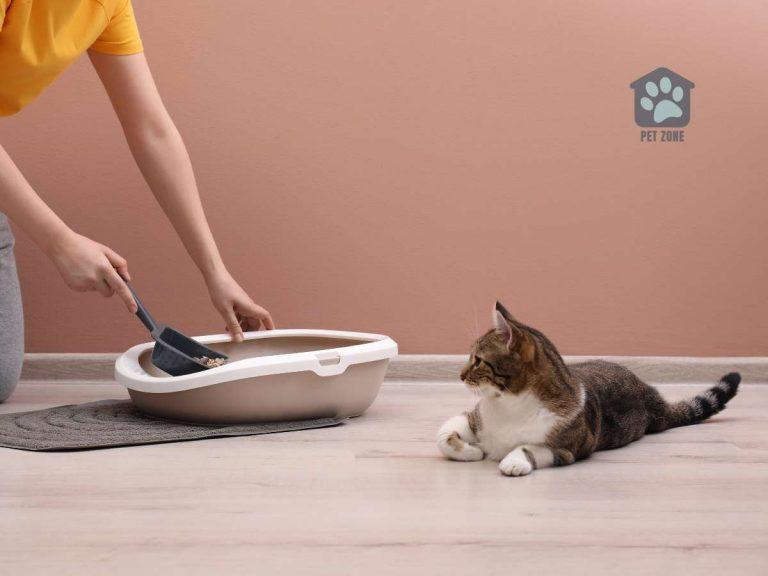Estimated reading time: 6 minutes
Have you ever walked into your bathroom only to find your cat sleeping peacefully in the bathtub? While it might seem strange to us, for our furry friends, the bathtub can be an ideal place for a snooze.
Let’s take a closer look at the reasons why your cat might find the bathtub irresistible.
Understanding Cat Sleep
Cat sleep patterns are intriguing. Like many cats or pets, our feline friends sleep a lot, up to 16 hours a day.
But what’s even more fascinating is the unusual sleeping spots they seem to choose. From cardboard boxes to your freshly laundered clothes, and yes, even the bathtub, our kitty companions never cease to surprise us with their choice of sleep locations.
Is it Normal for Your Cat to Be Sleeping in the Bathtub?
Finding your cat sleeping in the bathtub is not as uncommon as you might think. Cats love the coolness of the tub, especially during warmer months. The tub’s curved shape is also perfect for a cat’s curl-up-and-sleep posture.
If your cat suddenly started snoozing in the bathtub, don’t panic. It’s entirely normal for cats.
Reasons Why Cats Love the Bathtub
Now you might wonder, why does my cat love the bathtub so much?
One reason is that cats love privacy, and your bathroom door provides just that. The bathtub provides a high vantage point, allowing them to keep an eye on their surroundings. Cats also love the smooth, cool surfaces of bathtubs.
Decoding Cat Behavior: Cat Sit in the Bathtub
Cats sitting in the bathtub isn’t just about napping. It can also be about play! Bathtubs can be like giant playpens for cats.
The high sides of the tub prevent their toys from escaping, making playtime seem like a lot of fun. If you’ve ever found your cat sprawled in the bathtub batting at a toy, you’ll know what I mean.
Cats Love Sleeping in Strange Places
The bathtub’s lure isn’t just about play and sleep, though. Cats are notorious for their curiosity and fascination with running water. Some cats like the sound of running water and may sit in the bathtub as a form of entertainment.
Yes, even though cats hate water, some do enjoy playing with water running from the bathtub tap.
Your Cat Feels Safe in the Bathtub
A major reason why cats sleep in the bathtub is that it feels safe. The bathtub’s tall sides provide a sense of security, while its positioning allows the cat to watch the bathroom door.
If your cat is sleeping with their back to the bathtub and facing the room, they feel safe and secure. They’re also confident that they won’t be snuck up on.
Why is My Old Cat Sleeping in the Bathtub?
Older cats may develop new behaviors or preferences, including choosing new sleep locations. If your old cat has suddenly taken a liking to the bathtub, it could be a simple change in preference.
However, they might also be attracted to the bathtub because it’s cool and can soothe aching joints.
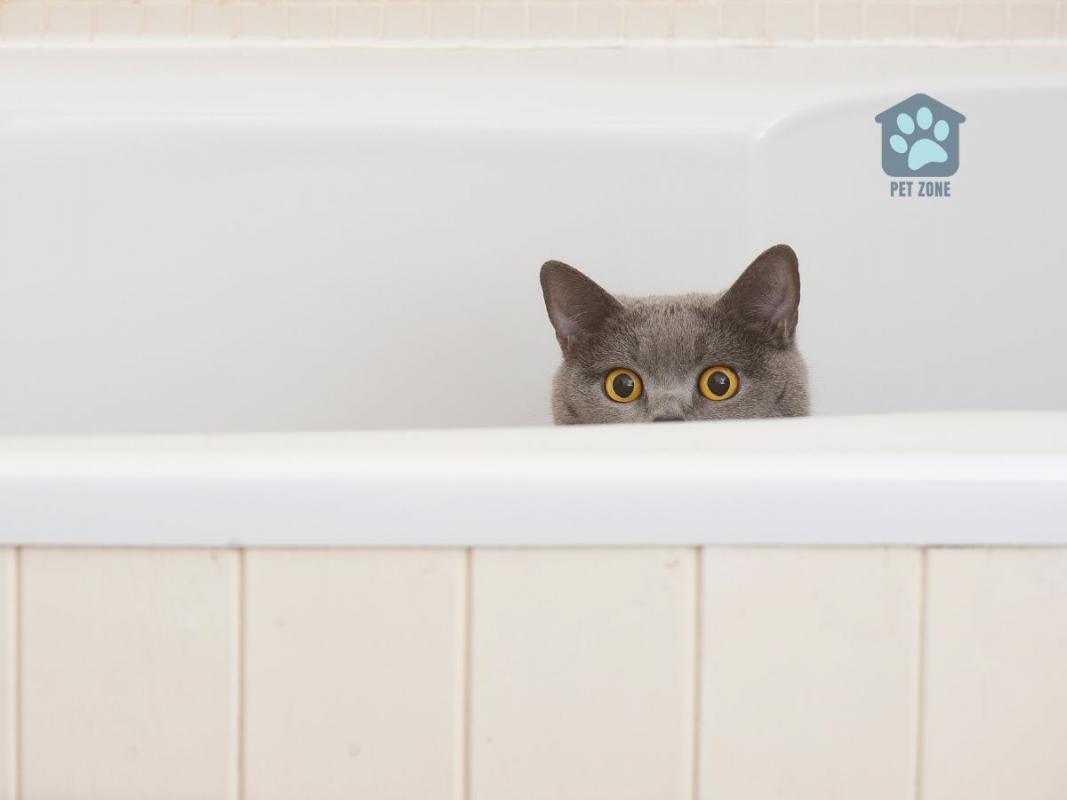
Does Your Cat’s Meow Indicate They Love the Bathtub?
Did your kitty start meowing in the bathtub immediately after discovering it? This could be their way of showing excitement about their new find.
However, if the meowing sounds distressed or excessive, it’s always a good idea to consult with your vet.
Is My Cat Sick? Signs Your Cat is Unwell
While sleeping in the bathtub is normal for cats, a sick cat may be sleeping there because it’s cool and can help lower their fever. Cats are experts at hiding when they’re sick, and a change in sleeping location could be a subtle sign.
If your cat isn’t drinking water from their water dish, is ignoring their food, or if you notice changes in their litter box usage, please consult a vet.
Getting Your Cat Out of the Bathtub
If your cat’s bathtub sleeping is causing inconveniences, there are ways to gently encourage them to change their sleeping spot.
The simplest, of course, is to close the bathroom door to limit your cat’s access to the bathroom. However, remember to offer plenty of alternative spaces to counterbalance this restriction.
You could create alternative cozy, quiet spots around your home. Cats often sleep in the bathtub because they find it comforting and safe. Recreate these feelings by offering them cozy cat beds or blankets in quiet corners. Elevated spaces, like a top tier of a cat tree or a window sill with a view, could also be appealing.
Play with your cat and engage them in other areas of your home. This might involve investing in some new toys to stimulate their interest. Toys that mimic hunting, like feather wands or laser pointers, can be particularly effective. Be sure to vary their play routine to keep them interested and engaged.
Cats Hanging Out in the Bathtub: Should You Be Concerned?
In most cases, your cat hanging out in the bathtub is nothing to worry about. However, if your cat is drinking a lot of water from the tap or refusing to leave the bathtub, it might be a sign of health issues.
Cats might associate the bathtub with water intake, especially if they’re thirsty and know the bathtub is a water source.
Always keep an eye out for any sudden changes in behavior and don’t hesitate to consult with your vet if something feels off.
Conclusion
So, there you have it, everything you need to know about why your cat may choose to sleep in your bathtub. It’s a quirky behavior, sure, but it’s also a reminder of why we love our feline friends so much. Their individuality, curiosity, and sometimes, plain eccentricity, make every day an adventure.
Just remember, while the bathtub may be a fun and cool place for a nap, it’s not a replacement for a clean, comfortable, and safe sleeping spot elsewhere in your home. Always ensure your cat has a cozy bed and fresh water available!
Please Comment and Share
We hope you found this guide helpful and informative! If you have any thoughts or experiences you’d like to share, please feel free to leave a comment below. We love hearing from our readers.
And if you think this article could help other cat owners, don’t hesitate to share it on your social media platforms. Your shares help us reach more people and their beloved kitties. Thanks for your support!
As an Amazon Associate I earn from qualifying purchases.


